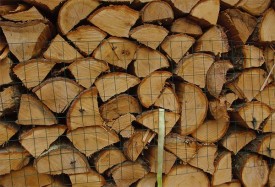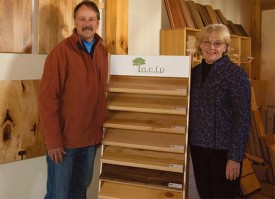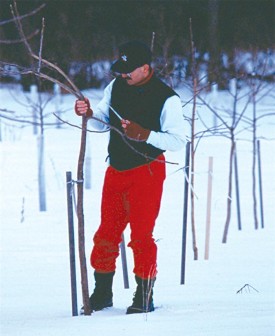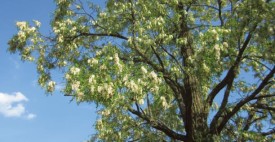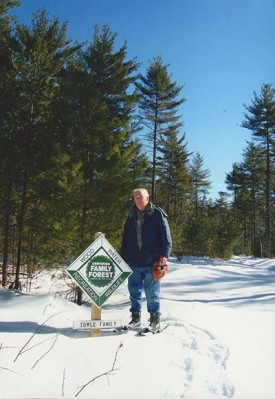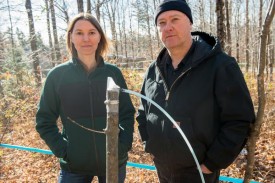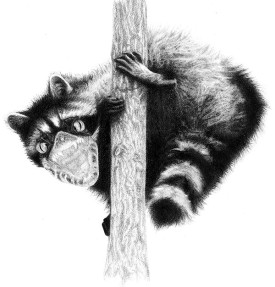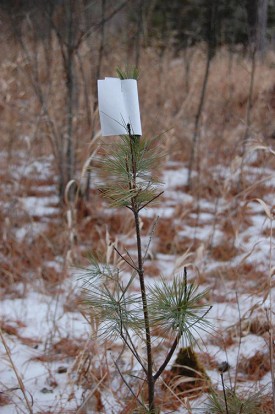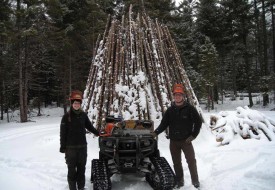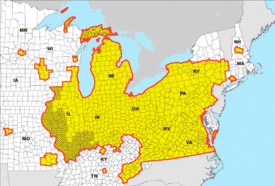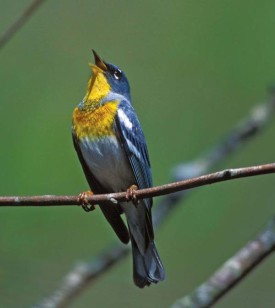Most of us have been trained to picture a cord of wood as a neatly stacked pile measuring 4x4x8 feet. But how much of that 128-cubic-foot rectangle is wood and how much is air? Searching on…
Knots and Bolts
The Pride of Participation
As I make the drive from my suburban home to my country property – a 75-acre woodlot in the northern part of Allegany County, New York – I reflect on that piece of land with great…
The Cox Sawchain
Watch old footage of a lumberjack using a crosscut saw (colloquially called a misery whip) – or better yet, pick one up at a farm auction and try it out yourself – and you’ll…
Black Walnut: Harvest and Fellowship
Standing in a supermarket amidst frozen dinners, bakery items, and cereals, it’s easy to forget the work involved in preparing food. While it is wonderful to be relieved of so much work,…
The Passive Solar Firewood Dryer
My greenhouse has had a lot of jobs over the years. Originally, it was intended to grow greens in winter and start seedlings in spring. Later, it served as a barn for sheep and goats. Now, it…
Reinventing the Mill
“We had an old Corley semi-automatic carriage mill in a little 40-by-80-foot building when we started,” said Dave Buxton, who founded New England Forest Products (NEFP) with his…
Revisiting a Black Walnut Plantation
Twenty years ago, I planted 1,600 black walnut seedlings on a site a few miles outside of Barre, in central Vermont. Four years later, I planted another 700. A dairy farm had operated on the…
Wild Superfood: Lamb’s-quarters
Four thousand years ago, the native people of North America’s eastern woodlands cultivated a protein-rich superfood. Variously called lamb’s-quarters, goosefoot, or pigweed, the…
Bookcase Manufacturer Writes a New Chapter
Teddy Roosevelt was president when F.E. Hale purchased a factory in Herkimer, New York, and started making wooden bookcases. Hale retired in 1918, but the company that bears his name continues…
Spring Nectar: Black Locust Blossoms
The black locust (Robinia pseudoacacia) is a woody member of the pea family (Fabaceae or Leguminosae), and a close examination of its winged flowers, bean-like pods, and pinnately compound…
Managing for a Mix
Everett Towle is retired, but plenty active. As a sixth generation resident of Buxton, Maine, Towle inherited several parcels of forestland. He added more over the years, and now owns eight…
Maple Minus Forest
Until the 1940s, most Christmas trees were cut from forests. Now they’re harvested from tree plantations. The maple sugarbush may soon be making a similar move from forest to field. In…
Fantastic Animals of the Northeast
Many places have fantastical creatures: the Loch Ness monster in Scotland, Sweden’s skvader (half hare, half wood grouse), and, of course, the Pacific Northwest’s tree octopus. The…
Black Birch Tea: A Delicate Winter Brew
Black birch tea was one of the first wild foods I ever tried. Some high school friends boiled pots of birch twigs to make what they called “brew” while telling jokes and stories…
Last Man Standing
You could easily breeze past the nondescript Maine Wood Concepts mill in the tiny town of New Vineyard without realizing it’s there. Inside, however, it’s very much alive, with…
This Bud’s (not) For You
There’s probably no better example of a love/hate relationship than the one between the forest landowner and her deer. (At least from a human perspective – deer seem to regard us…
Forest Management 101
The roar of a chainsaw breaks the stillness of the cold winter morning. I wade through knee-deep snow to retrieve a newly fallen balsam fir. With sappy gloves, I drag the fir pole to a fresh…
To Quarantine or Not to Quarantine
Ever since the emerald ash borer (EAB) was discovered in Michigan in 2002, many have speculated about its potential effects on forests in the Northeast. With the confirmation of infestations…
Untold Abundance: The Autumn Olive
Wild plants do not surrender their treasures as easily as their cultivated cousins. Wild berries tend to be small, seedy, and scattered widely across the landscape. Anyone who has spent an…
Deaf in the Woods
Do you remember your answer to that youthful question: if you had to be one or the other, would you rather be deaf or blind? Most of us believed we’d never have to be either, though my…


